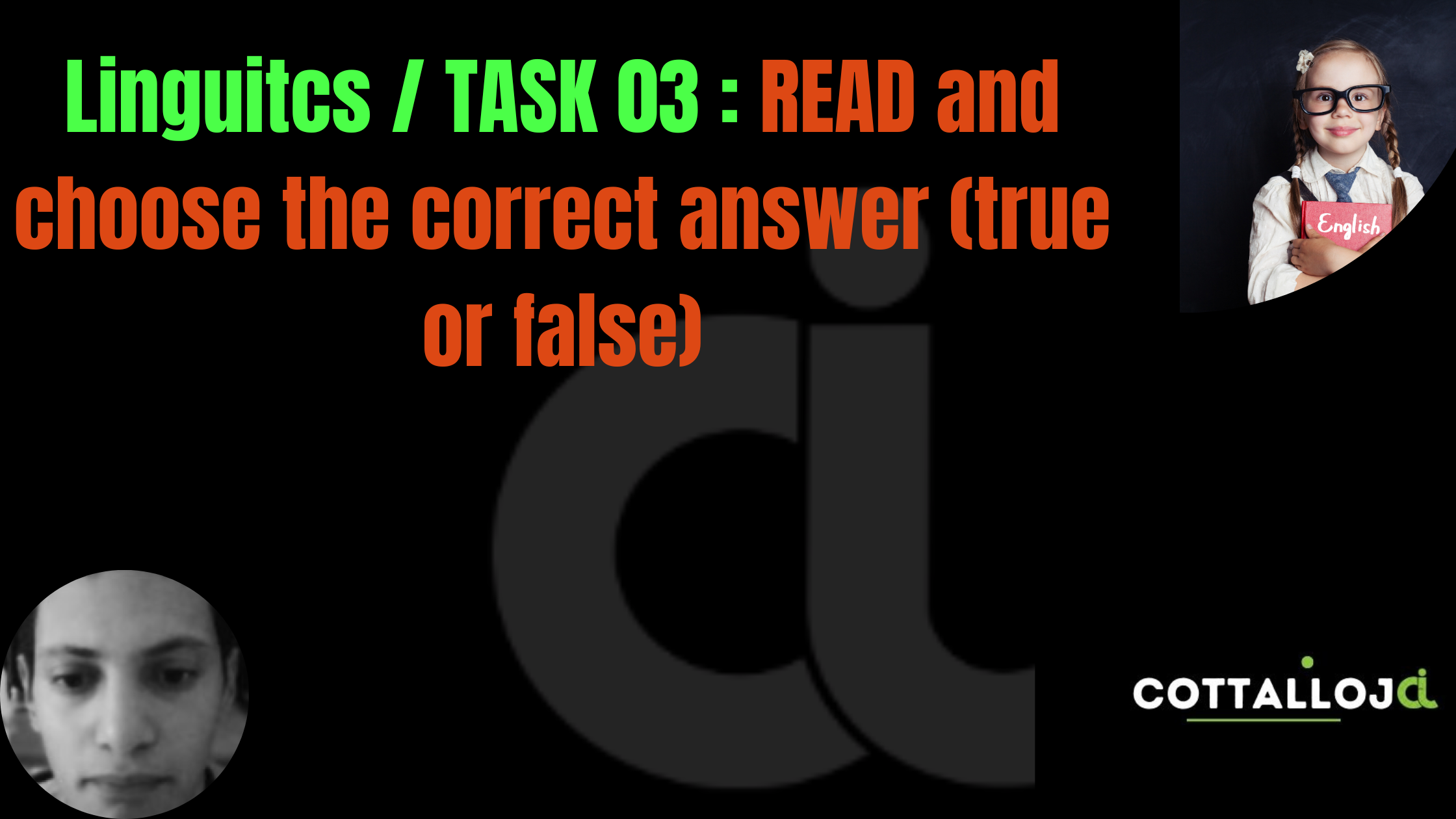READ and choose the correct answer (true or false):
“… sentences in legal language tend to be longer than in other styles, and also have more insertions, which make them more complex. Sometimes, whole statutes are stated in only one 117 sentence, as in a California law against insuring lotteries, which can easily be broken into some smaller parts, easier to comprehend, without any loss in content. Lawyers also often use wordy and redundant phraseology and ponderous phrases (such as at slow speed or subsequent to) where a single word would suffice (slowly; after). Yet, legal language may also achieve a remarkable degree of compactness. Conjoining words like by, and, or are also very common in legal language. One reason for such lists of words is to be as comprehensive as possible. They can also add emphasis. According to Peter Tiersma, lawyers also tend to use a lot of negations, unusual sentence structures (as in, for example, a proposal to effect with the Society an assurance), and impersonal constructions (avoidance of first and second person expression). Among the lexical characteristics of legal language, he points out legal archaisms (e.g.. the words like herewith, thereunder, and whereto, which are supposed to be more precise than ordinary language), formal or ritualistic words and phrases used to emphasize that a proceeding is separate from ordinary life, and some specialized terms, characteristic of the legal language (Tiersma 1999). Thus, legal language is characterized by such peculiarities as, on the one hand, unusual sentence structure, and, on the other hand, specialized vocabulary. These two fundamental elements, lexicon and 118 grammar, are the essential parts of every human language. So, in order to have a good command of legal English, it is necessary not only to be aware of particular grammar structures, used in this specific domain, but also to have a profound knowledge of vocabulary items, namely juridical terms”[1].
“In the literature, a variety of a language is, to say the least, broadly defined. Crystal (2001: 6–7) maintains that in its most general sense, the notion of a variety includes ‘speech and writing, regional and class dialects, occupational genres (such as legal and scientific language), creative linguistic expression (as in literature), and a wide range of other styles of expression’. Similarly, McEnery et al. (2006: 90) suggest that varieties of a language are equally expansive, covering, for example, ‘the standard language (standardised for the purposes of education and public performance), dialects (geographically defined), sociolects (socially defined), idiolects (unique to individual speakers) and jargons (particular to specific domains)’. These approaches to the definition of the term are in themselves problematic, especially for the corpus builder(s). However, it does appear that a language variety is, in principle, systematic, coherent and predictable. Therefore, it is possible to say with some degree of certainty in a given language how people from a particular region will speak (for example, “British English” or “Liverpool English”), how lawyers will write (“legal French”) or how television commentators will present a type of sport (“sports commentary”). Quirk (1995) refers to the confusion that this slew of language varieties can cause. He cites the example of the word English preceded by a specific adjective or noun to designate a specific variety. This list of varieties of English includes but is certainly not limited to varieties such as “American English”, “legal English”, “BBC English”, “working-class English” or “Chicano English”. Although each is referred to as a variety, they are all formed on ‘desperately different taxonomic bases’ (ibid.: 22). For example, academic discourse (spoken and/or written) is a variety that may be used equally by speakers of both American English and British English and speakers of other languages such as Spanish”[2].
4,The language of men of law is full of old words like formal style.
Vrai
Faux
6. Any variety of a language is incoherent, unpredictable and disorganized.
Vrai
Faux
2. Lawyers use easy words, new phraseology and light phrases
Vrai
Faux
3.Professionals in law avoid in their writing rare sentence structures and objective constructions
Vrai
Faux
1. Legal language is characterized by long sentences, additions and complex style.
Vrai
Faux
5. In legal texts there is a mix of unfamiliar sentence structures and specialized vocabulary
Vrai
Faux
Let's evaluate each statement :
1. Legal language is characterized by long sentences, additions, and complex style.
- True
2. Lawyers use easy words, new phraseology, and light phrases.
- False
3. Professionals in law avoid in their writing rare sentence structures and objective constructions.
- False
4. The language of men of law is full of old words like formal style.
- True
5. In legal texts, there is a mix of unfamiliar sentence structures and specialized vocabulary.
- True
6. Any variety of a language is incoherent, unpredictable, and disorganized.
- False
The answers are based on the information provided in the text.






